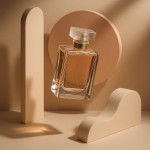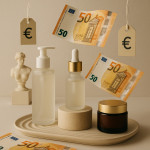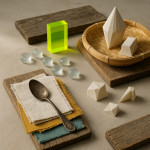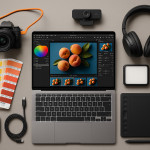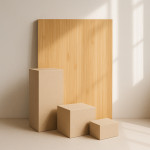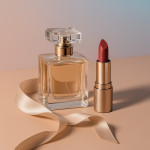AI mock-ups: refine concepts in tandem with still-life photographers
AI-generated mock-ups now slot seamlessly into still-life photography workflows. By combining rapid visual prototyping with a specialist's lighting, composition and texture know-how, brands shorten approval loops, cut prop spend and secure stronger final images. Follow this guide to collaborate efficiently, avoid common pitfalls and turn your next product shoot into a conversion magnet.
Why pair AI mock-ups with a still-life photographer?
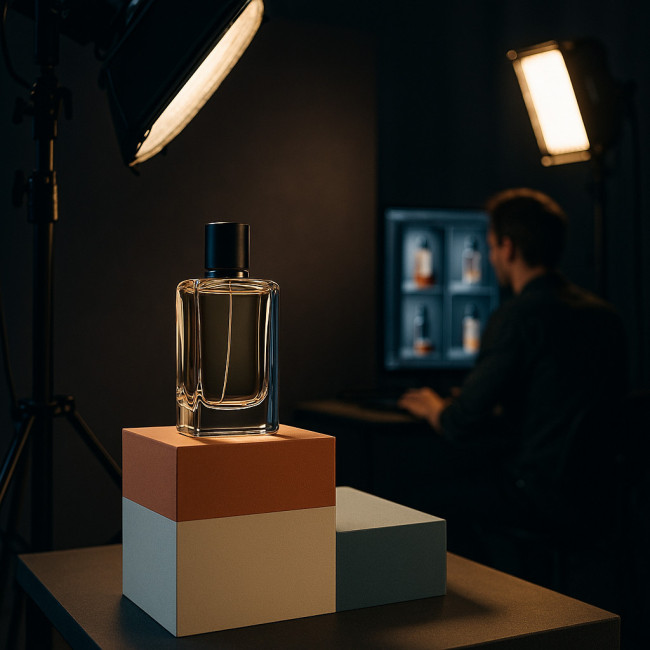
Generative tools create photorealistic sketches in minutes, but they rarely capture nuanced reflections, micro-textures or brand-specific lighting. A seasoned still-life photographer interprets AI outputs, tweaks angles, swaps materials and brings studio craft that elevates the concept from “almost right” to print-ready. Working together unlocks three quick wins:
- Speed: Stakeholders see near-final visuals up to 70 % faster than with traditional comp building.
- Accuracy: Photographers correct physics-defying shadows and scale issues before money hits the set.
- Sustainability: Fewer physical prototypes means lower carbon and reduced prop waste.
Four-step workflow to integrate AI mock-ups
1. Start with a tight prompt brief
Include product dimensions, hero angles, material references and desired lighting mood. Share brand palettes and font guidelines so the AI's colour harmony aligns with existing assets. A concise prompt limits the number of irrelevant outputs and respects your photographer's prep time.
2. Co-review and annotate
Schedule a 30-minute screen-share to mark up AI renders together. Photographers flag highlight blow-outs or unrealistic reflections; art directors note crop ratios. Use comment layers in Figma or a shared PDF to keep feedback centralised.
3. Build a hybrid prop list
From the chosen AI composite, list every prop, surface and background. Decide what must be physically sourced versus what can remain a digital matte painting. Sustainable set tips are covered in this sustainable sets guide.
4. Test-shoot and iterate
Your still-life photographer lights a single product sample and matches the AI's virtual environment. Minor discrepancies surface early, letting you adjust camera height, texture maps or colour grades before the full shoot day.
Comparing concept visualisation methods
| Method | Average turnaround | Cost range* | Best for |
|---|---|---|---|
| Hand sketches | 1–2 days | €100–€300 | Loose ideas & shape exploration |
| 3D renders (manual) | 4–7 days | €700–€2 000 | Technical accuracy & complex geometry |
| AI mock-ups + photographer | 6–24 h | €300–€800 | Marketing visuals & e-commerce hero shots |
| Full studio test shoot | 2–3 days | €1 500–€4 000 | Lighting trials & high-end print campaigns |
*European mid-market averages, 2024.
Time saved by adopting AI mock-ups
Source : Capgemini Research Institute, AI in Creative Industries, 2023
Best practices for seamless collaboration
- Share layered files. Provide PSD or TIFF exports so the photographer can isolate shadows and adjust highlights.
- Agree on ownership early. Clarify whether AI renders become part of the licensed deliverables or remain internal.
- Reference proven mood boards. Examples in this mood-board tutorial speed alignment.
- Keep colour management tight. Use the same ICC profile across AI platform, retouching suite and final print.
- Loop in retouchers from day one. They will advise on edge blending between real props and AI extensions.
Common pitfalls and how to avoid them
- Inconsistent scale: Measure real product dimensions and feed them into the AI prompt to prevent surreal proportions.
- Reflections that break physics: Ask your photographer to shoot a chrome ball on set; retouchers use it as a reflection map.
- Licensing grey zones: Some AI platforms limit commercial use. Cross-check T&Cs or commission bespoke models.
- Over-editing: Resist the urge to polish AI renders until they look synthetic. Authentic material flaws convert better.
Case study: launch visuals 48 h faster
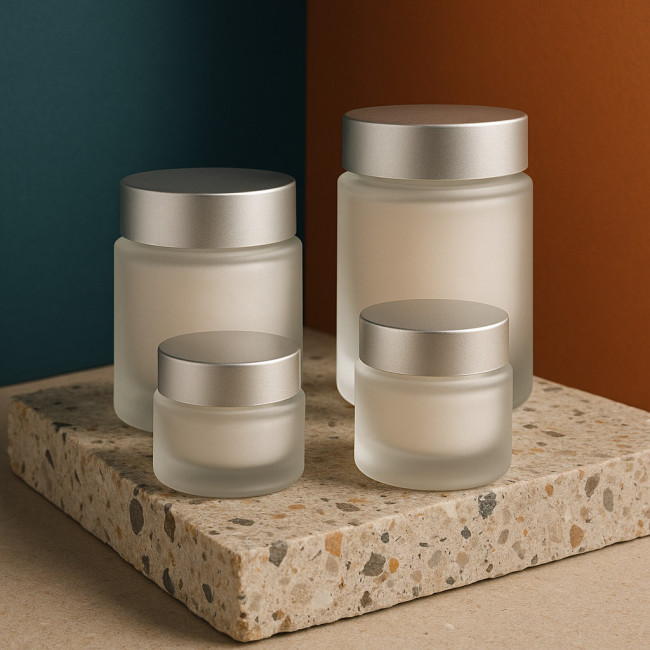
A skincare brand needed 12 hero shots for an e-commerce refresh. The creative lead generated AI mock-ups overnight, showing frosted glass jars on colour-blocked plinths. The still-life photographer replicated key lighting, swapped the AI's generic marble for recycled terrazzo and delivered final images in three shooting hours. Approval happened two days sooner than their previous campaign, cut prop costs by 22 % and boosted add-to-cart rates by 14 %.
Further reading: discover when to choose still-life over product specialists in this comparison guide.
From mock-up to commission: closing the loop
Once concepts are approved, lock your shoot date and confirm which AI assets form part of the final license. Many brands embed the renders into pitch decks for investors or retailers. If you plan to present concepts remotely, explore this walkthrough on photorealistic mock-ups.
Need talent? Browse the curated still-life photography roster to shortlist experts experienced in AI-assisted workflows.
Quick self-test: are you collaboration-ready?
FAQ
- Will AI mock-ups replace traditional still-life photography?
- No. AI accelerates concepting, but texture fidelity, colour accuracy and brand-grade lighting still rely on an expert photographer.
- Which AI tools integrate best with Photoshop?
- Midjourney, Adobe Firefly and Stable Diffusion all export layered PSDs, making it easy to blend renders with captured elements.
- How do I price AI mock-up services?
- Charge a concept fee (flat or hourly) plus your standard image license. Many studios bundle two AI concepts per final shot.
- What file format should I send to the retoucher?
- 16-bit TIFF with separate adjustment layers keeps latitude for exposure tweaks while avoiding banding.
Next steps
Align your internal teams, draft a structured AI prompt brief and book a photographer who understands both pixels and props. Integrating AI mock-ups today positions your brand for faster launches and richer visuals tomorrow.
Ready to experiment? Reach out to a still-life specialist, share your first AI draft and watch your concept evolve into high-impact imagery.
